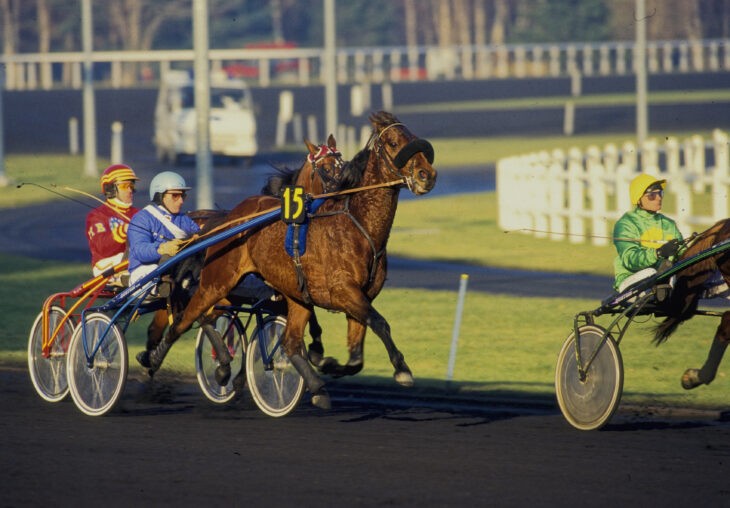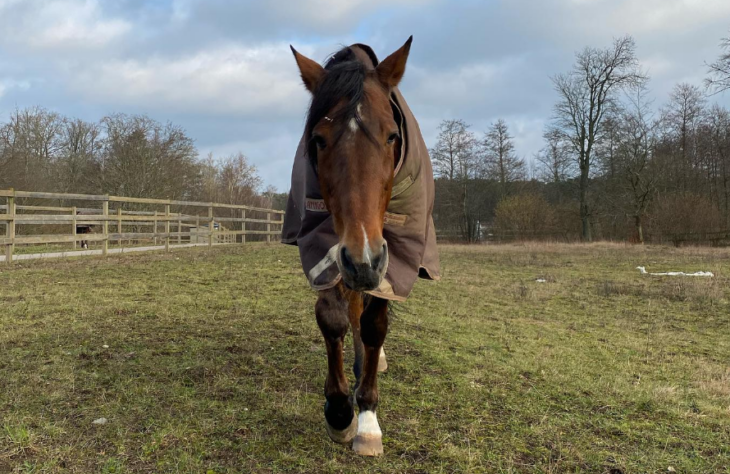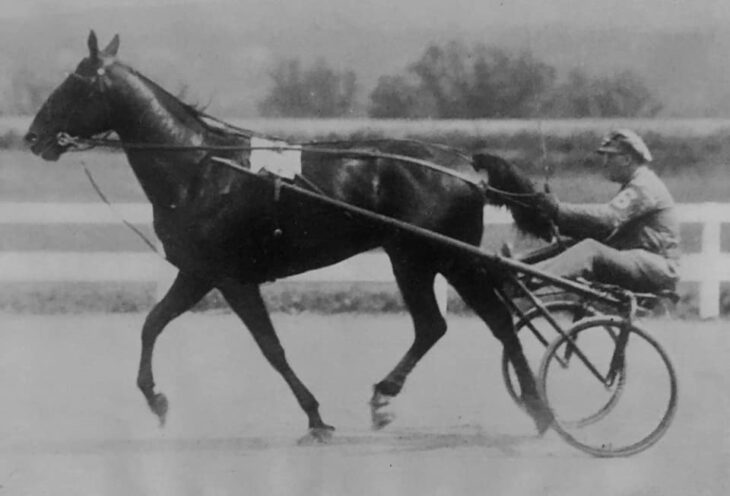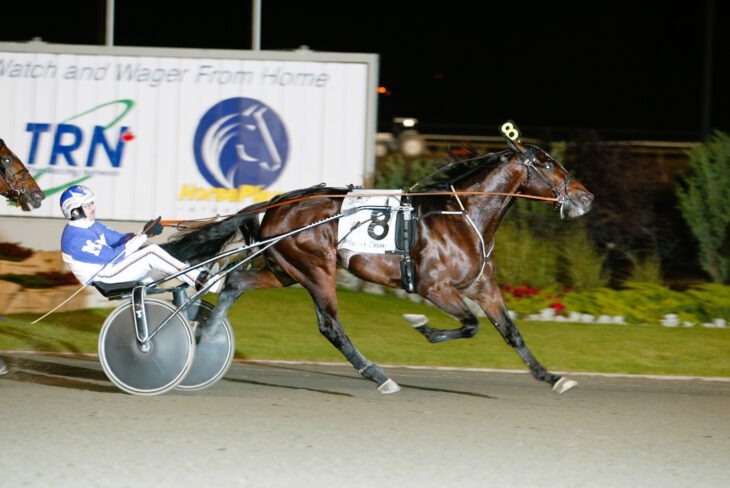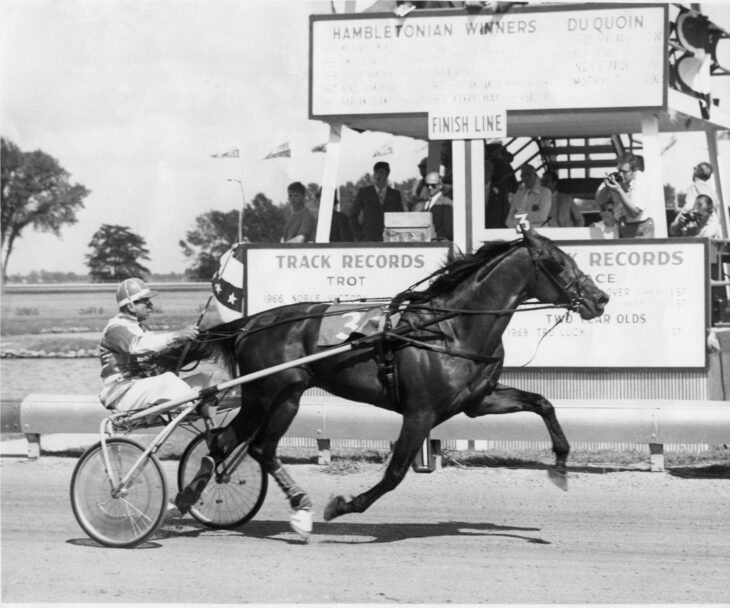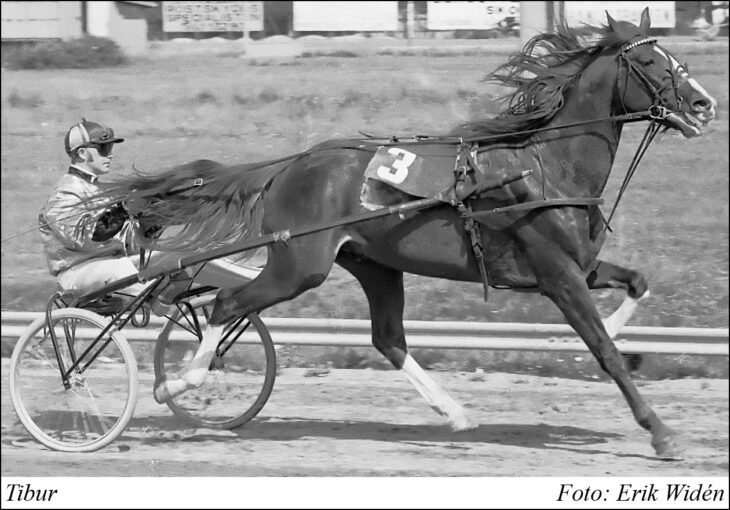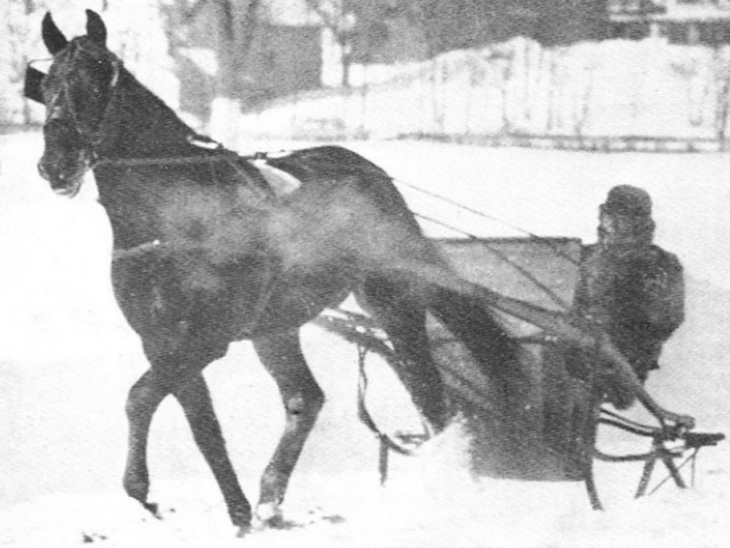Struggling to stay sound, he made just a few starts in his career but impressed mightly both by his capacity and his physique. Guy Axworthy then went on to get revenge at stud by becoming one of the first superstar stallions.
Read MoreElite stallions
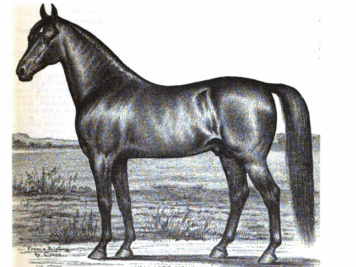
The great horse of San Mateo (and the Captain’s mare)
She was one of the most famous trotters around the time Hambletonian was born, but we don’t even know her name. In the mid...
Read More
The last Yankee superstar
He was the last superstar trotter bred by Yankeeland Farms, the legendary Maryland-based farm that closed its doors in 2006...
Read More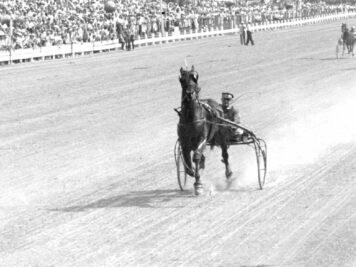
The Hambletonian sire
A rugged black colt, Hoot Mon became known as the Hambletonian winner who sired four winners of the same race, earning him...
Read More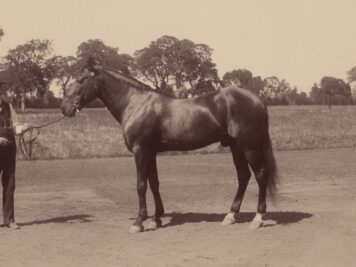
The stallion sensation
He was broken, but never trained for a single race. When Electioneer was bought at 8 for a huge sum he had nothing to show for...
Read More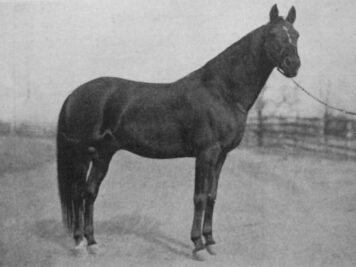
The foundation stallion
He is a Hall of Fame sire and one of the initial stallions at Hanover Shoe Farms, who owned 31 broodmares by him upon his death...
Read More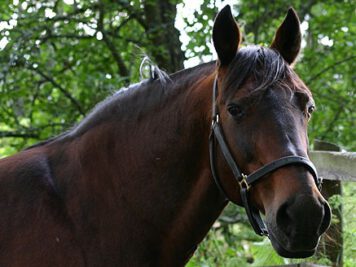
The mythical kick
When Juhani Lagerstam started the Laukko trotting stud farm at Vesilahti in Finland he needed a few stallions to use on his many...
Read MoreWhen the French studbook was briefly opened between 1987 and 1992, conservative French breeders generally nixed the opportunity to breed their mares to foreign sires. Some even went as far as claiming they “didn’t want to plant weed in their garden”, saying in no unclear terms that the American standardbred had absolutely nothing to offer the French trotter whose studbook had been closed since 1937 and only opened for five foreign-born stallions and a few other exceptions. Despite what the naysayers claimed, though, opening up the studbook took French trotting to a completely new level – and the best example of this is Coktail Jet.
Read MoreHe set several world records, is one of few horses to beat Varenne fair and square and went on to become one of the best stallions the world has ever seen. To his trainer, though, Viking Kronos was more than just a spectacular racehorse and stallion. He was everything. “God has created him, he’s a phenomenon. Then I have been given the great honor of taking care of him, for which I am eternally thankful”, Kolgjini said after the horse’s win in the E3 final in 1998.
Read MoreWhen Googoo Gaagaa burst onto the Maryland scene many didn’t know what to think. A world record for 2-year-olds on a half mile track was impressive, but could he really be that good? As it turned out, at his best he was even better. Persistent injury problems caused an early retirement, but the hybrid-bred trotter then went from impressing on the track to impressing at stud.
Read MoreThe royally-bred colt was not a traditional early talent like many top US trotters. Only at 4 was Peter the Brewer ready to compete at a high level, but then he became an elite trotter in no time and was seen as a likely candidate to be one of the first 2:00 trotters.
Read MoreNamed for a Pokemon character, the Illinois-bred trotter proved that you don’t need the most fashionable pedigree to beat the best. Kadabra was a spectacular trotter who set a world record at 4 before he retired to become an elite stallion.
Read MoreFrom humble beginnings, he became one of the best three-year-olds, then went on to dominate as an aged trotter. In was at stud he established himself as one of the true legends of trotting, though, but it was a stroke of luck that Speedy Crown wasn’t lost to American trotting after his two-year-old season.
Read MoreFrench trotters that visited Sweden in the 50s tended to dominate and the desire to bring in French bloodlines were very strong. When the French-born Tibur was brought to Scandinavia, however, the colt was rejected by the Swedish breeding commission. However, following the old adage that “cream always rises to the top”, Tibur proved himself a true elite stallion but only got his chance because of a loophole in the rules.
Read MoreHe was talented but a contagious virus ruined his three-year-old season. Being sold to Europe got Bulwark’s career back on track but it was as a stallion he became truly legendary. Despite a relatively limited number of foals, the colt completely dominated the stallion ranks in his new home country.
Read MoreHe was the unlikeliest of Hambletonian heroes. His breeder felt forced to buy his dam despite not wanting her, and also felt cheated when he first saw his new broodmare. His trainer cheered for another horse. His driver felt so sure he couldn’t win that he didn’t even invite his family. But in the 1992 Hambletonian final, Mickey McNichol and Alf Palema found the tiniest of openings to sprint to victory.
Read More

